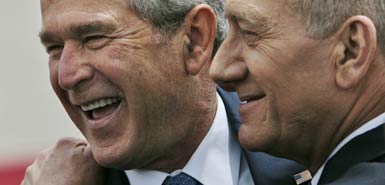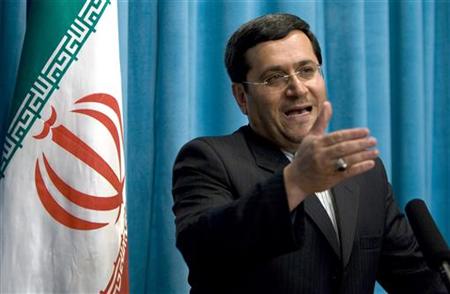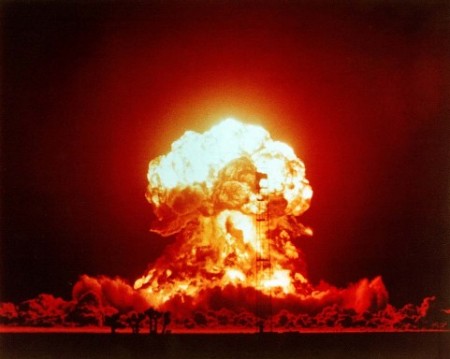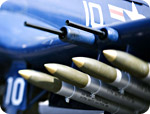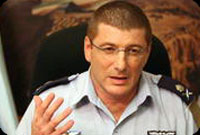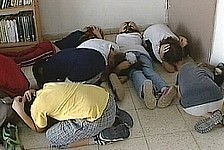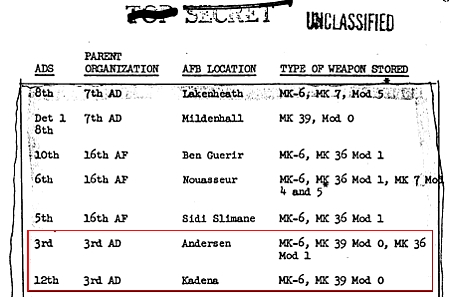 |
| Nuclear bombs in Asia at the time of the Taiwan Strait crisis are listed (red box) in this Strategic Air Command document obtained under the Freedom of Information Act (FOIA). |
Thanks to the efforts of Bill Burr at the National Security Archive, some of the veil covering U.S. nuclear war planning against China in the 1958 Taiwan Strait crisis now has been lifted by a declassified military study.
It shows that on the day after the Chinese began shelling the Quemoy islands on August 23, 1958, U.S. Air Force Headquarters apparently assured Pacific Air Forces “that, assuming presidential approval, any Communist assault upon the offshore islands would trigger immediate nuclear retaliation.” Yet President Dwight D. Eisenhower fortunately rejected the use of nuclear weapons immediately, even if China invaded the islands, and emphasized that under no circumstances would these weapons be used without his approval.
Caution against nuclear use didn’t mean not planning for it, however, and in the years after the Taiwan Strait crisis an enormous nuclear build-up occurred in the Far East. The numbers started to decline in the 1970s, and for a period during the 1980s and first half of the 1990s, nuclear planning against China was reduced to reserve force contingencies. In the past decade, however, China has again become a focus for U.S. nuclear strike planning.
The Available Nuclear Bombs
Shortly after the Chinese shelling of Quemoy began, General Nathan Twining, the Chairman of the Joint Chiefs of Staff, explained during a meeting with President Eisenhower’s cabinet that U.S. aircraft at the outset would drop 10-15 kilotons nuclear bombs on selected fields in the vicinity of Amoy (Xiamen). The Pacific Air Forces drew up a contingency plan based on the assumption that the United States would carry out the nuclear strikes necessary to defeat the attacking Chinese forces.
At that time, the Matador nuclear cruise missile was already deployed in Taiwan. The missile could deliver a 20 kt W5 warhead to a range of about 965 km (600 miles). From Taiwan, the Matador could potentially have hit Chinese troop concentrations around Amoy, but General Twining apparently favored bombs. Nuclear bombs, however, did not arrive in Taiwan until January 1960, but a declassified document previously released to me under FOIA shows they were available on Guam and Okinawa. The bombs included three types – Mk-6 (only Guam), Mk-36 Mod 1, and Mk-39 Mod 0 – with yields ranging from 8 kilotons to 10 megatons (see Table 1).
Table 1:
Nuclear Bombs Deployed Near Taiwan, June 1958 |
| Base |
Bomb Type |
Yield(s) |
Custodian Unit |
Anderson AFB,
Okinawa |
Mk-6
Mk-36 Mod 1
Mk-39 Mod 0 |
8, 22, 61, 160 kt
10,000 kt
~3,750 kt
|
3 ADS |
| Kadena AB, Okinawa |
Mk-36 Mod 1
Mk-39 Mod 0 |
10,000 kt
~3,750 kt
|
12 ADS |
Sources: U.S. Strategic Air Command, History of the Strategic Air Command 1 January 1958 – 30 June 1958, Historical Study Number 73, Volume 1, n.d. [1959] p. 89. Document obtained under FOIA; Chuck Hansen, Swords of Armageddon, Version 2, 2002.
|
.
The Mk-6 was a tactical bomb that could be delivered in a ground or airburst mode by a variety of Air Force and Navy aircraft and probably would have been the weapon of choice for the Taiwan scenario. The Mk-36 and Mk-39 were both strategic megaton weapons more suited for use against large area targets such as cities or to “dig up” underground facilities.
In mid-August, five Strategic Air Command B-47 bombers on Guam were put on alert to conduct nuclear strikes against airfields on the Chinese mainland if necessary. Such attacks would be necessary, General Twining said, if initial nuclear strikes against troop concentrations failed to cause China to lift their blockade of Quemoy.
Read moreNukes in the Taiwan Crisis

